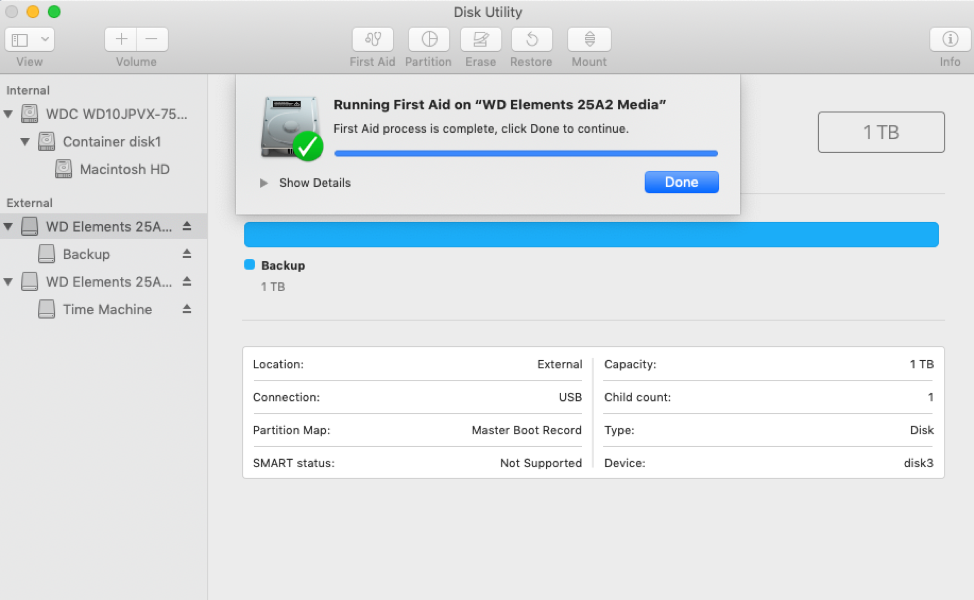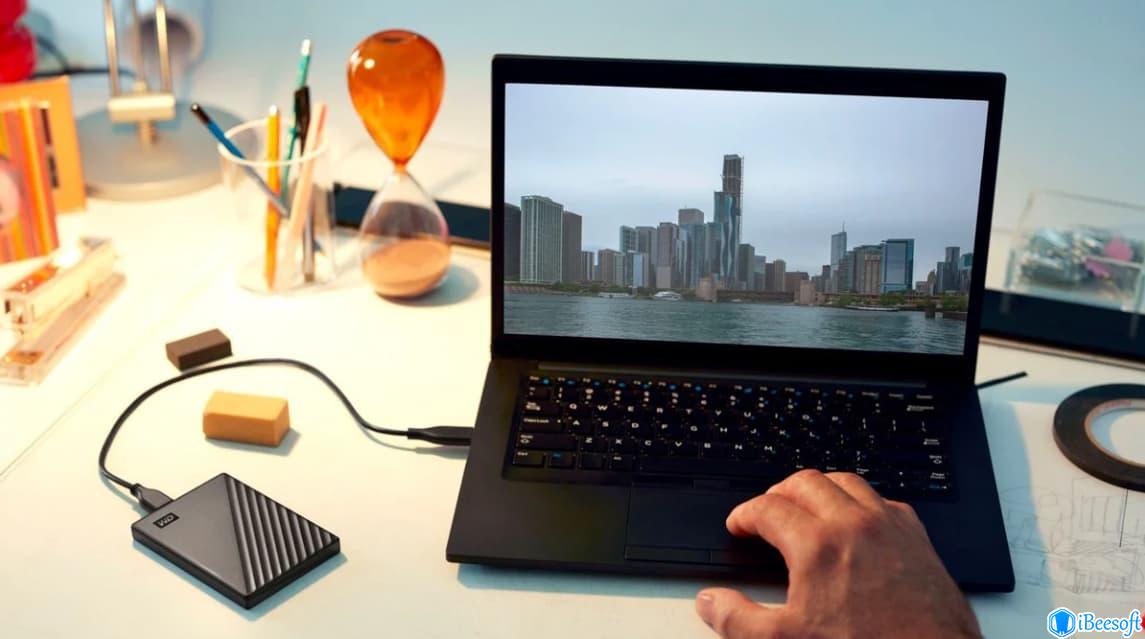

- HOW TO RUN DISK REPAIR EXTERNAL HARD DRIVE MAC PRO
- HOW TO RUN DISK REPAIR EXTERNAL HARD DRIVE MAC MAC
Instead, you should click Cancel and recover data from the SSD using a Mac data recovery software.

And, all the data stored on the SSD will turn inaccessible. When your Mac prompts you to format your external SSD due to file system corruption, please don’t form the drive as it can result in the emptying of your SSD. When the ‘ The volume (name) appears to be OK.’ message appears, type reboot.If the ‘ File system was modified’ message appears, rerun the command, then hit Return.

Type /sbin/fsck_apfs –fy /dev/disk#, then hit Return.At the command prompt, type diskutil list, then hit Return.Release them when white text appears on the screen-Mac boots into Single User mode. Start or restart your Mac and hold Command + S keys.When Disk Utility fails to repair corrupt APFS formatted SSD on Mac, try the file system consistency check (fsck) command. Repair Corrupt Mac SSD Using FSCK Command Here, use the appropriate SSD identifier.Ĭ. However, if your Mac drive is corrupt and needs to be repaired, type diskutil repairVolume SSD_IDthen hit Return. During verification, if no error appears, SSD repair won’t be helpful.Else, type the SSD identifier as noted earlier. If your SSD is the startup disk, then use / as the SSD identifier. Type diskutil verifyVolume SSD_ID, then hit Return.Then, from the top Menu Bar, go to Utilities > Terminal to launch the Terminal app. For internal SSD, boot your Mac into macOS Recovery mode, as explained before.Next, double-click Terminal to launch the application. For external SSD, go to Finder > Applications > Utilities.So, when Disk Utility fails to repair your corrupt SSD, try Terminal commands to fix logical damages. The Terminal app in your macOS is a powerful tool to perform low-level tasks and operations on volumes and containers. Disk Utility also asks you to back up your data and replace the disk. When the SSD is about to fail, Disk Utility shows a message stating that you won’t repair the drive. Let Disk Utility repair your corrupt SSD. Click the First Aid tab, then click Run.Select the APFS or HFS+ disk or volume that you wish to repair from the sidebar of Disk Utility.From the macOS Utilities window, select Disk Utility, and click Continue. Release them when the Apple logo appears. For internal SSD, start or restart your Mac and hold Command + R keys.Next, double-click Disk Utility to launch the disk management app. For external SSD, navigate to Finder > Application > Utilities.To repair a corrupt APFS or HFS+ formatted SSD, follow the given steps: The utility provides a ‘ First Aid’ option that checks SSD for file system corruption and fixes it. Repair Corrupt Mac SSD Using Disk Utilityįixing minor corruption in your APFS or HFS+ formatted SSD can be quickly done through Disk Utility. Next, we’ll discuss the three different ways to repair a corrupt APFS or HFS+ solid-state drive. Corruption or deletion of APFS container.The reasons for SSD corruption could be logical or hardware-related. The above scenario indicates that you’ve encountered corruption in your Mac solid-state drive. What’s the reason for the issue, and how can I repair my APFS formatted internal SSD? Please advise to resolve the issue ASAP!” Sometimes, the system crashes during boot, at times, the SSD throws a read-only error, and I need to restart my Mac often.
HOW TO RUN DISK REPAIR EXTERNAL HARD DRIVE MAC PRO
“Lately, my MacBook Pro takes a long time to save files on the internal SSD.


 0 kommentar(er)
0 kommentar(er)
